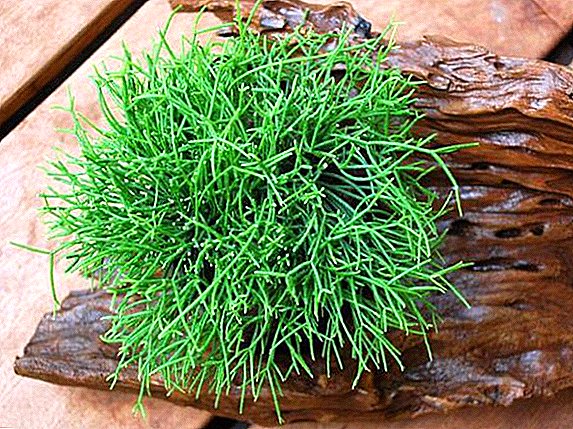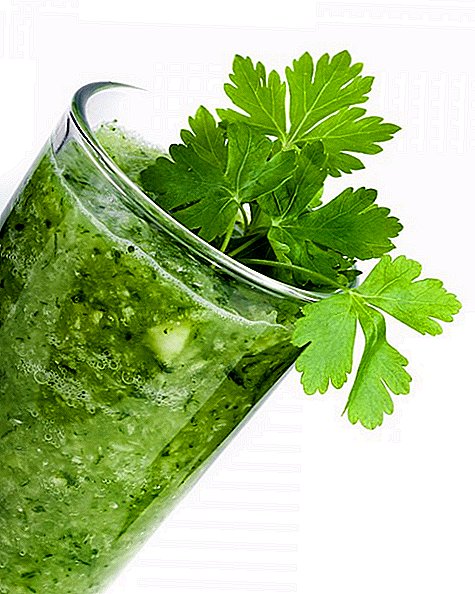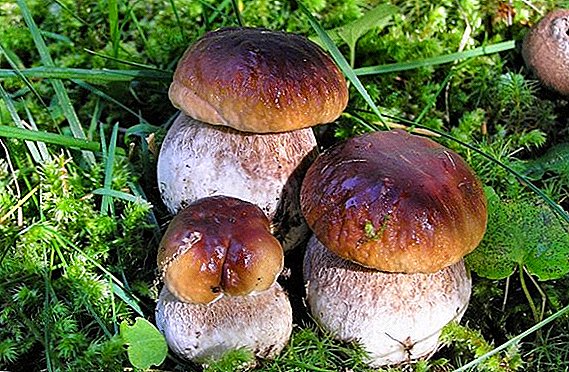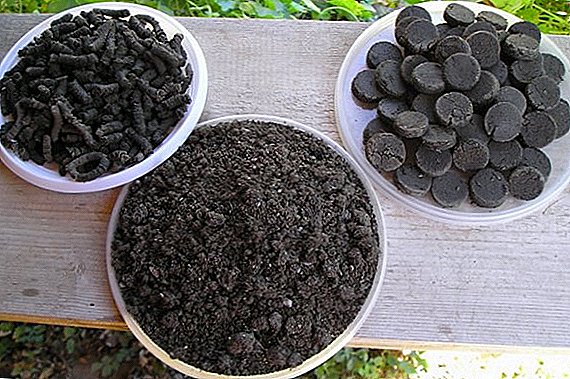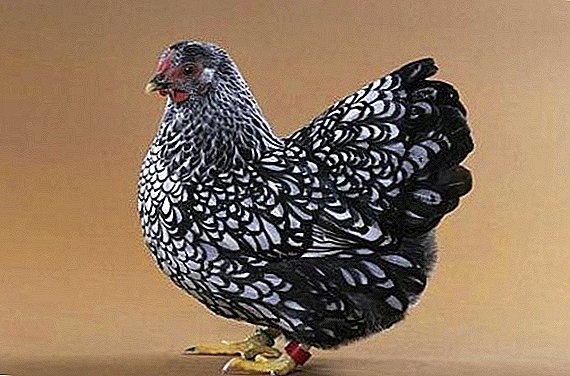 The drug Nitox 200 is used by veterinarians to treat bacterial diseases, as well as complications of a bacterial nature in viral infections in goats, sheep, pigs, cows and some other farm animals. The drug Nitox is a viscous clear brown injection solution that smells rather sharply.
The drug Nitox 200 is used by veterinarians to treat bacterial diseases, as well as complications of a bacterial nature in viral infections in goats, sheep, pigs, cows and some other farm animals. The drug Nitox is a viscous clear brown injection solution that smells rather sharply.
Sold in packaging of 20, 50 and 100 ml in glass containers, hermetically sealed with rubber caps with aluminum running. Each such container should contain information about the manufacturer (name, address, trademark), the name of the drug, the active substance (name and content), the volume of liquid in the container, the batch number and the expiration date. In addition, the original bottle with the drug Nitox 200 should be accompanied by instructions for use of the contents in veterinary medicine.
The mechanism of action and active ingredient, pharmacological properties of Nitoks 200
The active ingredient of the drug Nitox is oxytetracycline dihydrate, a tetracycline antibiotic used not only for the treatment of animals, but also in traditional medicine (in particular, for pneumonia, bronchitis and other infectious diseases of a bacterial nature). As the name suggests, Nitox contains 200 mg of active ingredient per 1 ml of the preparation. In addition, the composition of the dosage form includes a component of an auxiliary nature - a complex solvent of magnesium oxide, rongalite, monoethanolamine, which allows to significantly prolong the effect of the drug on the causative agent of the disease.
 The mechanism of action of oxytetracycline on microorganisms is that, like other tetracyclines, this antibiotic interferes with the proliferation of bacteria and causes a complete retardation of their growth (the so-called bacteriostasis), and this substance can have such an inhibitory effect not only on bacteria susceptible to the effects of antibiotics ((Gram (+)), but also on bacteria that can withstand such drugs for a long time ((Gram (-)).
The mechanism of action of oxytetracycline on microorganisms is that, like other tetracyclines, this antibiotic interferes with the proliferation of bacteria and causes a complete retardation of their growth (the so-called bacteriostasis), and this substance can have such an inhibitory effect not only on bacteria susceptible to the effects of antibiotics ((Gram (+)), but also on bacteria that can withstand such drugs for a long time ((Gram (-)).
Did you know? The division of bacteria into gram-positive and gram-negative, opened by the Danish microbiologist Hans Christian Joachim Gram, is based on the structural features of the shell of microorganisms: the more complex the cell wall, the harder the drug to penetrate into it and begin its impact. The classification of bacteria by this method was named after its discoverer and made a real revolution in microbiology and pharmacology.
The list of bacteria susceptible to oxytetracycline is very wide. This includes various staphylococci, streptococci, Corynebacteria, Clostridia, Salmonella, Pasteurella, Erisiperotriks, Fuzobakterii, Pseudomonads, Actinobacteria, Chlamydia, Escherichia, Rickettsia, Spirochetes.
 The above properties of the veterinary drug Nitox determine the indications for its use against such bacterial diseases as pneumonia, pasteurellosis, mastitis, keratoconjunctivitis, purulent arthritis, hoofed rot, atrophic rhinitis, abscesses, chlamydia abortion, metritis-mastitis-agalactia syndrome, umbilical sepsis, anaplasmosis, peritonitis, pleurisy and many others. In addition, nitox is used for various respiratory diseases, as well as infections that occur after injury and childbirth. Viral diseases are not known to be treated with antibiotics, but against them, animals can have complications of a bacterial nature, which are successfully overcome by the injection of the drug nitox 200.
The above properties of the veterinary drug Nitox determine the indications for its use against such bacterial diseases as pneumonia, pasteurellosis, mastitis, keratoconjunctivitis, purulent arthritis, hoofed rot, atrophic rhinitis, abscesses, chlamydia abortion, metritis-mastitis-agalactia syndrome, umbilical sepsis, anaplasmosis, peritonitis, pleurisy and many others. In addition, nitox is used for various respiratory diseases, as well as infections that occur after injury and childbirth. Viral diseases are not known to be treated with antibiotics, but against them, animals can have complications of a bacterial nature, which are successfully overcome by the injection of the drug nitox 200.
The drug is very quickly absorbed into the organs and tissues of the animal, reaching the required concentration within half an hour after intramuscular injection. The amount of active ingredient required to achieve a therapeutic effect is stored in the serum for up to three days and is excreted in the bile and urine.
Important! When using the drug should be borne in mind its ability to penetrate into the milk. After the injection of nitox 200 milch animals their milk can not be eaten in any form for at least a week. Milk can be used during this period for feeding animals, but only after boiling. Meat of animals slaughtered earlier than three weeks after drug administration can also be used only for feeding animals or for making bone meal.
Instructions for use Nitox 200 in veterinary medicine, dosage and methods of use
The preparation of nitoxox 200 for the treatment of animals is usually used in the form of a single intramuscular deep injection, but specific instructions and dosages should be obtained from a veterinarian.
In addition, as indicated, any vial of nitox in a veterinary pharmacy must be given instructions for use for animals.
 The manufacturer recommends using the drug at the rate of 1 ml of solution per 10 kg of animal weight, which in terms of the active substance is, respectively, 200 mg.
The manufacturer recommends using the drug at the rate of 1 ml of solution per 10 kg of animal weight, which in terms of the active substance is, respectively, 200 mg.
If the condition of the animal is severe, after three days the injection can be repeated, but the following rule should be observed: in the same place a large animal should not be administered more than 20 ml of the drug; for small animals, this limit is 2-4 times less. In especially difficult cases, if the dose of the drug exceeds the specified limits, the injection should be made to the animal at another point, distributing the substance over the body area.
An animal may have an allergic reaction to the drug. It usually manifests itself in redness of the skin, in addition, the animal can begin to intensively comb the injection site. These manifestations, as a rule, pass by themselves through a short time, however, if the reaction is too strong (especially if the recommended dose of the drug is exceeded), the animal's body should be helped to cope with intoxication by administering such drugs, neutralizing the effect of magnesium, such as calcium boron gluconate or usual calcium chloride. .
Regarding the use of the drug Nitox 200 to certain groups of animals, the manufacturer recommends it for treatment:
- cattle (including calves) - from pleurisy, diphtheria, hoofed rot, pasteurellosis, keratoconjunctivitis, anaplasmosis;
- pigs - from pleurisy, pasteurellosis, atrophic rhinitis, erysipelas, MMA syndrome, purulent arthritis, umbilical sepsis, abscesses, postpartum infections;
- sheep and goats - from peritonitis, metritis, hoofed rot, and chlamydia abortion.
A few words deserve the possibility of using nitox for treating rabbits and birds.
 Rabbits, as you know, are among the most difficult to breed farm animals. They are stronger than other representatives of the fauna are subject to various diseases that can lead to unexpected and irretrievable death of the whole livestock.
Rabbits, as you know, are among the most difficult to breed farm animals. They are stronger than other representatives of the fauna are subject to various diseases that can lead to unexpected and irretrievable death of the whole livestock.
The problem is aggravated by the fact that in recent times, breeders have shown not always the justified fascination with new highly productive eared breeds, which are imported from far abroad without taking the slightest consideration of the characteristics of their housing and the diseases to which such animals are exposed. As a result, along with such new settlers, various new infections penetrate the territory of our country, for which the local contingent is absolutely not prepared. Moreover, veterinarians in such situations are also often powerless, because, not being familiar with certain diseases, they are unable to either correctly diagnose or prescribe an effective treatment.
In this regard, breeders often have to rely on their own strength and engage in dangerous experiments, wanting to save their pets. Actually, it was in this experimental way that it was proposed to administer the drug Nitoxus to rabbits, in particular, when the following symptoms appear: loss of appetite or a complete rejection of food, inactivity and lack of habitual reactions (for example, the animal used to meet the owner happily, and now sits indifferently in the corner), coughing, sneezing, white or liquid nasal discharge.
Another cause for concern is that the rabbit begins to gnash its teeth or constantly rub its nose with its paws. These symptoms can be a manifestation of myxomatosis, an acute infectious viral disease that is almost certainly fatal without taking emergency measures. Veterinarians in such cases, as a rule, declare quarantine and insist on the slaughter of infected individuals, with which it is, of course, difficult for a loving and prudent owner to agree.
 Many rabbit breeders insist that the disease can be cured by injection of nitox, although the effectiveness of antibiotics in treating viral diseases has long been refuted by scientists. However, if the diagnosis is incorrect and in fact the rabbit suffers from a bacterial infection, and the vet insists on slaughter - why not try to save the animal? Breeders recommend administering the drug intramuscularly in 0.5 ml to adults and 0.1 ml of rabbit, repeating the injection, if necessary, every other day up to three times.
Many rabbit breeders insist that the disease can be cured by injection of nitox, although the effectiveness of antibiotics in treating viral diseases has long been refuted by scientists. However, if the diagnosis is incorrect and in fact the rabbit suffers from a bacterial infection, and the vet insists on slaughter - why not try to save the animal? Breeders recommend administering the drug intramuscularly in 0.5 ml to adults and 0.1 ml of rabbit, repeating the injection, if necessary, every other day up to three times.
However, since the manufacturer of the drug does not indicate the possibility of its use for treating rabbits, such experiments can be carried out only at one's own peril and risk of the rabbit breeder.
The above fully applies to the use of nitox for treating poultry: the manufacturer’s instructions do not provide for such a possibility, although poultry farmers use it successfully, moreover, referring to the recommendations of veterinarians.
So, if chickens wheeze and snot, it can be a symptom of laryngotracheitis (acute respiratory disease), but, in addition, similar symptoms are characteristic of other ailments, such as pasteurellosis (a disease of a bacterial nature); mycoplasmosis, the causative agent of which does not apply to either viruses or bacteria; syngamosis caused by helminth; chicken mites, as well as viral diseases such as smallpox and Newcastle disease.
 As you can see, treating wheezing poultry with antibiotics without contacting the veterinarian and making an accurate diagnosis is like playing Russian roulette. Nevertheless, many poultry farmers do just that: they mix nitox (1 ml per 1 l of water) into drinking for sick chickens, if the birds are able to eat their own food, and in more complex cases they make single injections of the drug intramuscularly (in my meat), calculating the dosage in accordance with the instructions (0.1 ml per 1 kg of mass).
As you can see, treating wheezing poultry with antibiotics without contacting the veterinarian and making an accurate diagnosis is like playing Russian roulette. Nevertheless, many poultry farmers do just that: they mix nitox (1 ml per 1 l of water) into drinking for sick chickens, if the birds are able to eat their own food, and in more complex cases they make single injections of the drug intramuscularly (in my meat), calculating the dosage in accordance with the instructions (0.1 ml per 1 kg of mass).
Did you know? Antibiotics are very insidious drugs, so they should be treated with extreme caution. Thus, the prevailing view that after a disease has subsided, it is possible to stop taking a course of antibiotics in order not to poison the body in vain, as a result, the undertreated infection goes into a latent form, creating ultimately strains of bacteria that are not susceptible to this drug. For example, at present, in China, E. coli resistant to all, even the most modern antibacterial drugs, have been found!
That is why, like any antibiotic, the drug Nitox should be used under the condition of an accurate diagnosis and on the recommendation of a veterinarian. Any independent experiments with similar medicines can harm not only a specific animal, but also the environment as a whole, since the uncontrolled use of antibiotics carries the risk of the emergence of resistant flora that cannot be resisted by new antibiotic drugs.
Benefits of Nitox 200 treatment
The drug Nitoks has a number of indisputable advantages compared with other dosage forms of similar action. In addition to the patented production technology and the proven high efficacy of the drug against a huge number of infections of pigs, cattle and small cattle, it is worth highlighting:
 low cost of the drug;
low cost of the drug;- a short course of treatment (as a rule, a single injection is enough), which is certainly convenient when it comes to large populations;
- rapid effect (as indicated, the drug is absorbed into the blood in literally 30 minutes);
- prolonged action of the drug, allowing the active substance to be retained in the blood and organs of the animal in the concentration required for treatment for more than three days after the injection.
Precautions and storage conditions
The drug Nitox 200 is not recommended to be combined with estrogenic and corticosteroid hormones, as well as with other antibiotics, in particular the penicillin and cephalosporin groups (in the latter case, the effectiveness of the effect of the drug on the causative agent of the disease is sharply reduced).
Important! Manufacturer separately warns against the use of the drug for the treatment of cats, dogs and horses!
Contraindication is also renal failure in an animal, as well as individual intolerance to antibiotics of the tetracycline group.
 According to the level of influence on the body, the drug belongs to the third class of danger. (moderately hazardous substances). It is necessary to work with it taking into account the hygienic requirements and safety regulations recommended by the manufacturer, as well as those observed when using any other veterinary drugs.
According to the level of influence on the body, the drug belongs to the third class of danger. (moderately hazardous substances). It is necessary to work with it taking into account the hygienic requirements and safety regulations recommended by the manufacturer, as well as those observed when using any other veterinary drugs.
Like other potent drugs, Nitox 200 should be kept out of the reach of children and separated from other drugs. Storage conditions - dark dry place, temperature in the range of 0 ° С - + 20 ° С.
After the expiration date (18 months from the date of manufacture), the drug should be destroyed.


 low cost of the drug;
low cost of the drug;